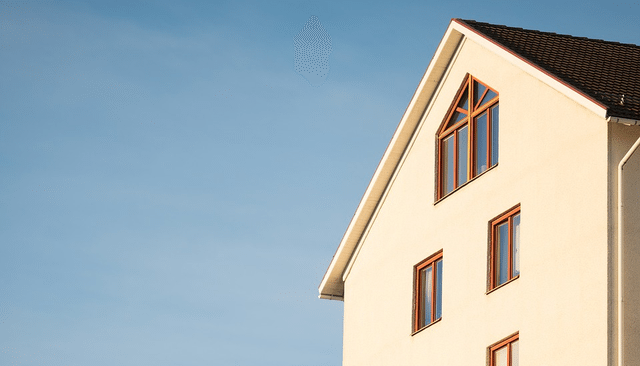How to Inspect Your Roof and Then Budget Costs for Roof Repairs

Of all the various home repairs, roofing is by far the one that gets the least attention on a monthly or even yearly basis. The old saying about it being out of sight and therefore out of mind is 100% true when it comes to most roofs since you can’t see them from anywhere near the house. Sometimes your neighbors have a better view of your roof than you do because they’re farther away. Even then, there are a lot of problems that can crop up on a roof that will never be visible from the ground, so you need to climb up and take a real look. The most common places for roofs to be damaged are going to be the shaded areas, valleys, the ridge, and then the whole north pointing side as well. The reason that some parts are more prone to damage is because of the constant shade which promotes the growth of algae, fungi, lichens, and mosses. Here are some tips on what to look for and how to budget costs for roof repair as well.
If Your Roof Is Walkable, And You Own A Ladder, Climb up
Although most people really shouldn’t get up onto their own roof unless they are good on a ladder and sure-footed on slopes, it doesn’t hurt to at least take a close look. When you get up close, you’ll be able to see cracked shingles, missing gravel, mosses, rusted out flashings, and old cracked asphalt patching. Most of these things won’t necessarily be visible from the ground, or even just from a ladder.
If you have dormers sticking out of your roof, they should be carefully inspected all the way around. They usually have flashing on the seams between the roof and the siding, plus there are valleys, and overhangs that can be problematic too. Any chimneys, or roof vents also pose high wear spots and weak connections between the roof and the vents, those will need regular inspections and should be patched before they start to leak, not after. The ridge cap is also a high wear location, it will usually last about half the life of your roof and should be replaced completely, not just repaired.
After You’ve Walked Your Roof, Or Had A Professional Do It For You
That’s when you need to sit down and discuss whether you want to repair or completely replace your entire roof. There are a lot of small considerations that can come into play and you need to decide what you can afford or would rather put off for a later date.
Replacing lost or damaged shingles and the ridge cap can be a fairly easy job if not too many are missing. The problem you might run into is that, over time, the sun has baked and bleached some of the color out of your shingles and new ones may not match the old ones. If they are in obvious places, you’ll need to decide if the cost of a total replacement is worth having everything a uniform color. Many of the places that are damaged or worn out may also be hidden from view, so that may not be a problem at all.
You’ll also need to ask the roofing professional how much longer a repaired roof will last before it needs to be replaced anyway. It’s quite possible that you could get another five to seven years or more out of a repaired roof. That would allow you plenty of time to save up the money to have the a complete job done.
If You Decide On Complete Replacement, Will You Need New Sheathing?
This is a huge increase in the cost of materials and labor if it needs to be done. Many older homes were originally built with just slats running across the rafters then wooden shingles nailed to the slats. Then every 15 to 20 years a new roof would be applied right over the old one using composition shingles. However, in many areas that is no longer an accepted practice and the entire two or three layers will have to be torn off, new plywood sheathing added and then the roofing material applied on top of that. This makes the tear off and haul away of the old roof fairly expensive, the cost of the new sheathing is costly, and the labor to do it is expensive as well. There are many types of roofing materials available in the market.
When you have the roofer in your home explaining all of your options, be sure and ask what the local codes dictate must be done vs what should be done vs what you can get away with and still be legal. It’s entirely possible that you can tear just one layer of your old roofing off and add one layer back on then be good for the next 30 to 40 years. This would be a considerable cost savings and would be of equal weight to what you had previously.
When budgeting for the costs of your roof repair, you should always get at least two opinions from reputable companies. Read their online reviews, and check their websites for licensing and insurance. Once you’ve narrowed the choices, do enough research so you can tell if they’re being honest, then pick the contractor that you feel will do the best job at a fair price.
